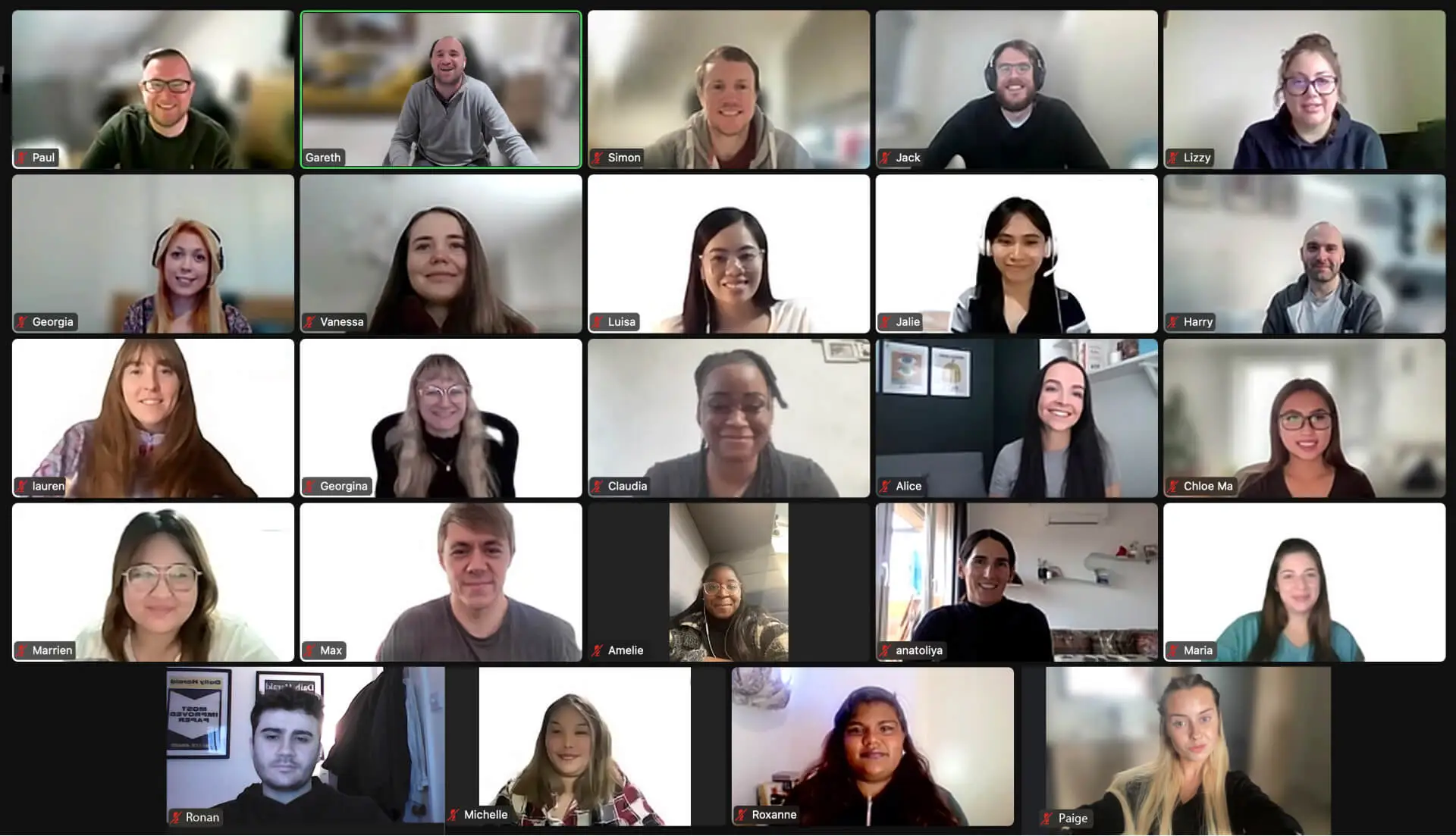Our move to a four-day week was covered by The Mirror, read the full article here.



Our move to a four-day week was covered by The Mirror, read the full article here.



Get in touch for a friendly, informal chat with our marketing team about how we can help your business thrive online.

